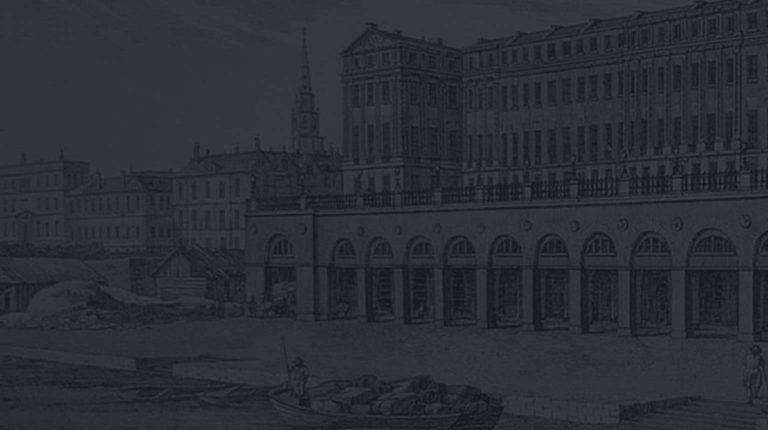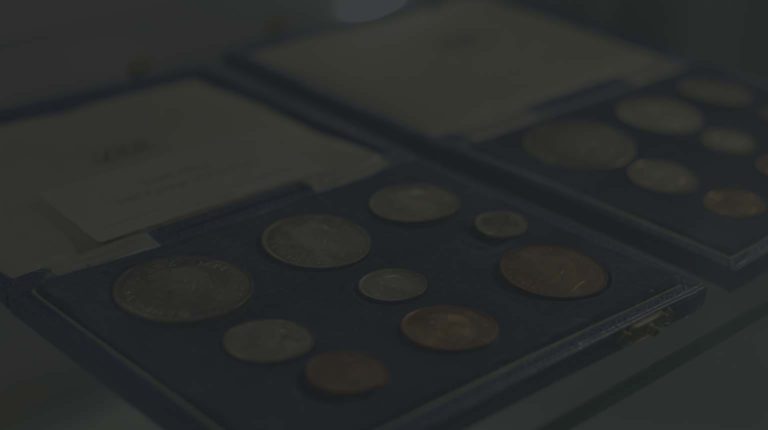Types of Coins Coins are made from either precious or base metals. They come in many different monetary denominations, just like today, and they split into two broad types: the older hammered variety and the more modern milled type.
Unique Pieces EveryTime
Hammered coins were made by hand by hitting two dies together with a hammer. On the inside, the dies contained the imprint for each side of the coin. Often the head of the monarch or emperor was on one side. On the other were the coin’s denomination and other designs. The motifs of these coins, especially those from the Greek and Roman world can be nothing less than spectacular. Just like with sculpture, master craftsmen were often employed to engrave dies for Greek cities, resulting in exquisite miniature masterpieces. The hammer-striking process was not an exact science and coins from the ancient and medieval worlds can be somewhat off-centre. This usually adds character to the century-old coins, and also means that no two coins are exactly alike.
Milled coins came about around 400 years ago. They were produced in large quantities from the mid 17th century onwards and are machine made. They have much more precise definition and uniformity. The machining of coins also enabled the introduction of serrated edges and inscriptions which helped prevent forgery and clipping. Mechanised production also came hand-in-hand with improvements in realism and style brought about by the Renaissance two centuries earlier. For the first time rulers of Europe appeared on their coins in spectacular realism.
We’ll come to the condition of the coins you buy later. This is a whole separate subject. Condition is vitally important to the value of the coin.
Coin collectors usually want to collect the coins of one country or group of countries. They might want coins from a particular historical era. Others collect coins that have unusual characteristics. These could be, for example, commemorative sets, or those with errors.
Many collections are based on coins that are similar but have subtly different die patterns. Tokens, used as substitutes for small change in some countries at certain times, are also a highly collectable area.
A common collecting theme is a set series: one coin of each type and denomination for each year the coin was minted during the reign of that particular ruler. This could also include different design variations which might have been introduced. It could include coins struck at different mints. There are many different nuances.
It makes sense in the first instance to collect and invest in coins of the country where you live, or from a time period which you have a specific interest in. The chances are that you will be more aware of its history and better able to judge what makes a particular coin special.
From a practical standpoint too, for example, it makes sense for a UK collectors and investors to buy British coins, or for US ones to buy American coins. The biggest volume of coin dealing and the largest number of collectors, dealers and investors in this type of coin will be in the home market. The Ancient Coin market, however, is stable and international, with collectors in most countries.
Some coins are indisputably very rare. There are many instances of coins where only a handful of examples are were produced and then a design was discontinued. Proofs and errors – coins made to test a new pattern, or those where some minor production error resulted in an unusual variant of a common coin – are also a fruitful hunting ground for those seeking something scarce for investment purposes.




